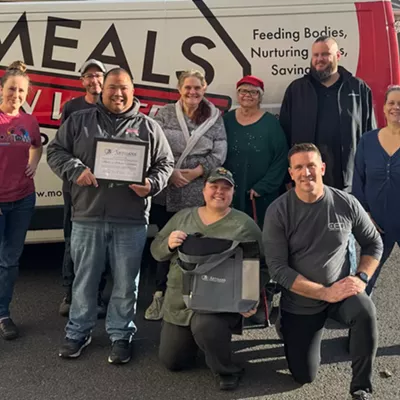I recall lining up in the grade school locker room when football season started for the annual scoliosis check, heart exam and visit from Baron Von Turnencough.
Though it was mainly embarrassing, there are a number of potential issues that might be discovered through this process, some more serious than others: the athlete may have had a recent concussion that warrants delay of participation; they may have evidence of a contagious skin infection that should be treated; they may have an exam finding suggestive of a cardiac issue that requires more extensive evaluation; there may be evidence of unhealthy patterns of nutrition, vision problems that could impact safety, and so on.
These pre-participation exams (PPEs) are still often conducted en masse in school gyms and lunch rooms throughout the country, relatively quickly, though a bit more privately than when I was in school. Most years I am asked to participate as a clinician in these PPE blitzes. While I feel bad about it, I respectfully decline as a conscientious objector.
This change of heart stems from my personal opinion that too many parents accept the PPE as a substitute for a comprehensive and timely well-visit. It is not. Among other things, the yearly well-visit is essential to promoting the trust and therapeutic alliance that is necessary when working with school-age and adolescent patients. There simply is not enough time during a PPE to address the many relevant issues related to vaccinations, academics, relationships, reproductive health, mental health, substance abuse avoidance, injury prevention, altruism, character and resilience. Tackling these topics even in the 45 to 60 minutes set aside for an adolescent visit presents a formidable challenge.
But the pre-participation evaluation can be seamlessly incorporated in this visit, allowing schools to get their required documentation, while not missing one of a precious few opportunities for primary care providers to have a positive impact during a high-stakes period of child development. ♦
















